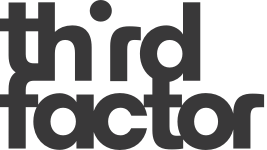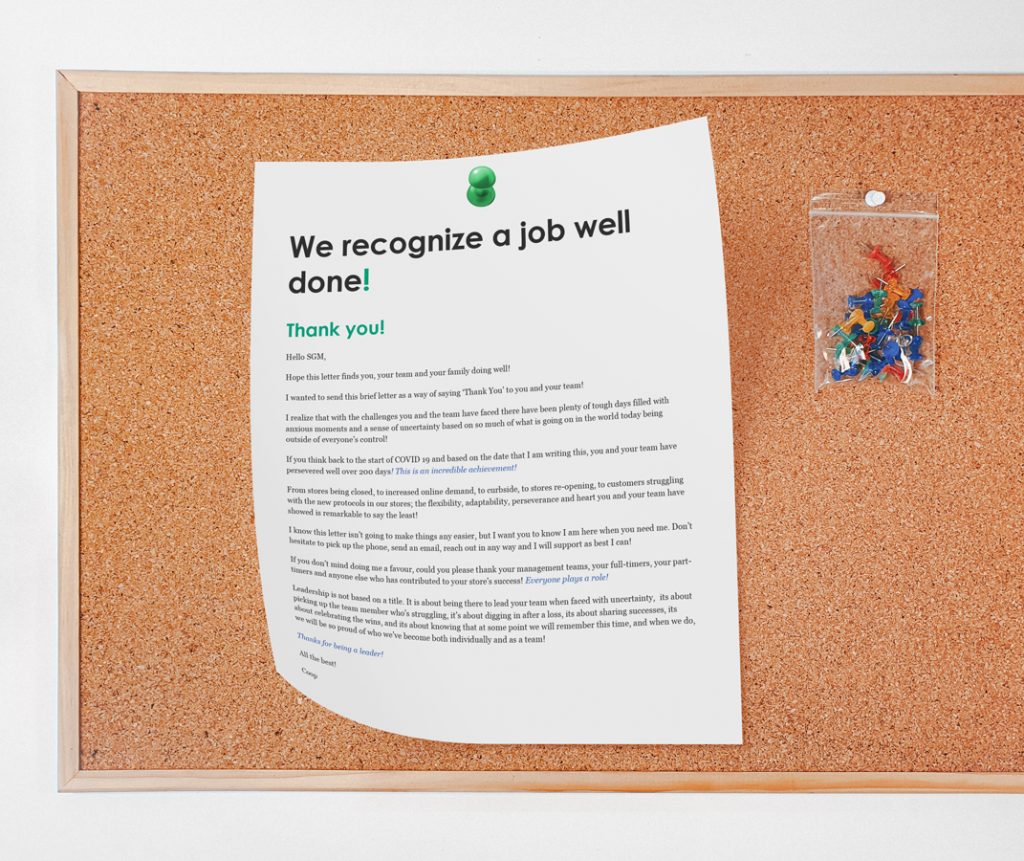Gallup’s decades of research into employee engagement tells us that the number one driver of engagement isn’t how interesting your work is, how much you get paid, what your title is, or even the calibre of your co-workers: it’s the relationship you have with your immediate supervisor.
And yet, in the crush of the day-to-day the relationship often takes a back seat to brass tacks. By shifting some of your focus away from task-orientation and towards strengthening the relationships you have with your people you can access deeper reservoirs of motivation, and drive productivity for your entire team.
The relationship is the engine; emotion is the fuel
Every engine needs fuel, and in the coaching relationship there is no stronger fuel than emotion.
Much of the time in business we’re taught to keep emotions in check – especially negative emotions like anger, frustration and disappointment. Since it’s rare to see these kinds of emotions expressed, it can be triggering when our people show their dissatisfaction. It can feel like an attack, and the default response can be to mirror the emotion – meet anger with anger – or become defensive.
Every engine needs fuel, and in the coaching relationship there is no stronger fuel than emotion.
Falling into this trap, however, robs you of the opportunity to direct the energy in that emotion in a productive direction. When a team member expresses negative emotion, it means they care. When leaders make an effort to notice and acknowledge the emotion, they can deepen the relationship and build trust. And by exploring the emotion, they can help their people see what’s possible and use their feelings as motivation to take a step in the right direction.
In these situations, the relationship is what allows the coach to lean into the emotion and explore it.
In our 3×4 Coaching program, we give participants challenges to apply key learnings back on the job. In one of these challenges, a participant committed to asking their people simple questions like, “What’s new from the weekend?” much more frequently than they had before. Asking more, personal questions helped this leader build rapport with their people. And it provided the leader with new insight into their people’s emotions.
In the course of these conversations, this leader noticed that the emotion in the person’s response provided a deeper view to valuable information. By leaning into those emotions and exploring them further, the leader was able to learn more about how they were interpreting their experiences. Noticing what made them frustrated, anxious, fearful, or even happy and excited, improved the leader’s ability to identify and address their team’s issues and challenges.
With stronger relationships in place, and positive results beginning to emerge, it wasn’t long before the leader began asking more direct questions to gain a deeper understanding of their people’s feelings. Equipped with better information, the leader was able to give more and more targeted support and feedback to enable their team’s success.
As a leader and a coach, the relationship you have with your people is what allows you to help them be at their best. When leaders give their relationships the care they need and lean into emotions, they can drive higher levels of performance, and ultimately results.
Make the most of your investment
Investing time in building relationships pays dividends. And yet, all the other pressures don’t go away just because you’ve decided to put your time into this endeavour. To optimize the benefits of relationship building given the reality of time constraints, smart coaches create a strategy for how they’re going to build and maintain their relationships every day.
What this comes down to is showing people that you care. That means making time for them, offering them support when they’re struggling, and doing both with unwavering consistency.
But every person is different, and what works for one person might not work for another. When you’re working to build relationships with the people you lead, make a point of understanding:
- What are their strengths?
- What motivates them, specifically?
- What is the best way to communicate with them?
and use what you learn to create an approach that’s going to work for them.
Putting it all together
Productivity is the direct result of an effective team. When everyone is engaged and making a strong personal contribution, efficiency follows. And the greatest influence on performance and engagement is the team’s leader; their coach.
But which leader garners the higher level of engagement and commitment: the leader who focuses first on task execution? Or the leader who works to build relationships and earn permission to coach their people to a higher level of performance?
In your next round of one-on-one meetings, take the time to consider your relationship with the person you’re leading. You might just find that when you move your focus from the to-do list to the person, productivity follows.





